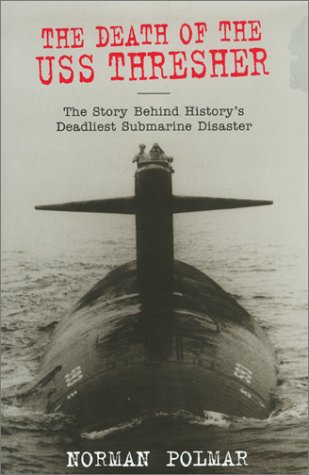Description
pp.194.”On the morning of April 10, 1963, the world’s most advanced submarine was on a test dive off the New England Coast when she sent a message to a support ship a thousand feet above her on the surface: “Experiencing minor problem . . . Have positive angle . . . Attempting to blow.”Then came the sounds of air under pressure and a garbled message: .” . . test depth . . .” Last came the eerie sounds that experienced navy men knew from World War II: the sounds of a submarine breaking up and compartments collapsing.When she first went to sea in April of 1961, the U.S. nuclear submarine Thresher was the world’s most advanced underwater craft. On the morning of April 10, 1963, this “stealth” vessel imploded, killing all 129 hands on board and becoming the first nuclear sub ever to be lost at sea. In “The Death of the U.S.S. Thresher,” renowned naval and aviation consultant Norman Polmar recounts the story of what still remains the worst submarine disaster in history.Based on interviews with the Threshers first commander as well as officers and civilians involved in the design, construction, and operation of the craft, this revised edition of Polmar’s 1964 original provides additional information about the sub (her exact operating depth and speed, for instance), discusses escape and rescue systems subsequently developed by the Navy as well as its programs to improve diving safety in nuclear submarines, touches on the loss of five Russian nuclear subs and of the U.S.S. Scorpion, and outlines the current state of submarine safety.”






